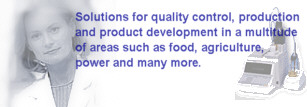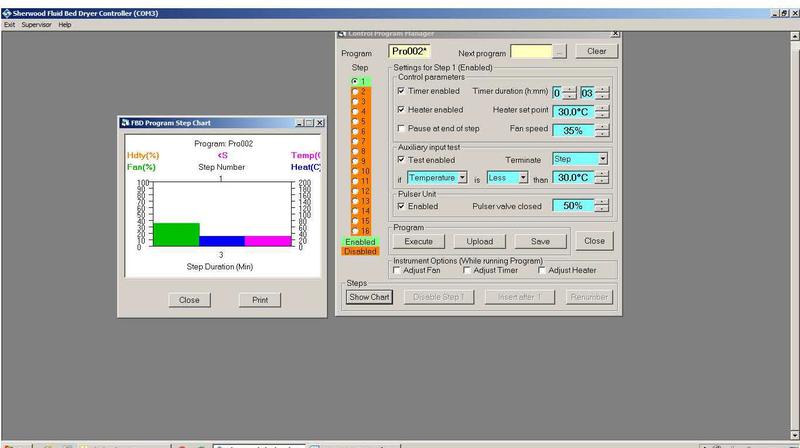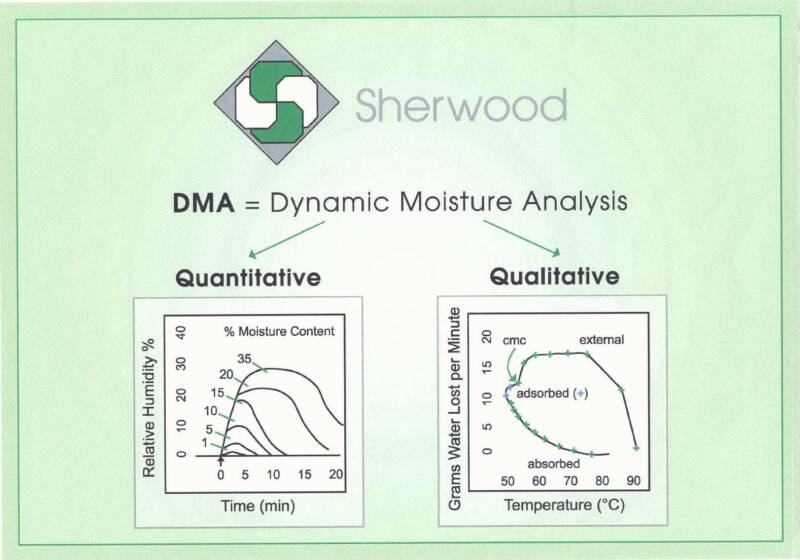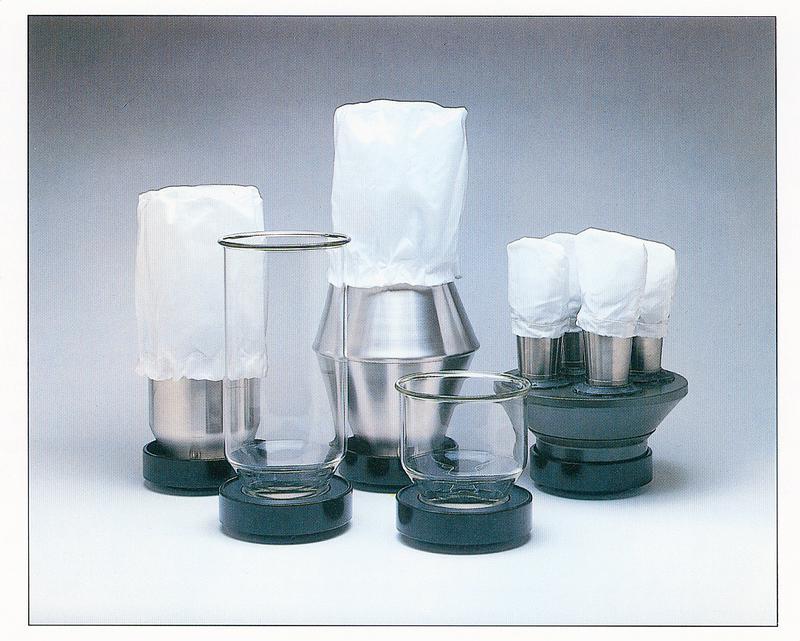- HOME
- CONSISTOMETER
- ETCHING SYSTEM
- FLUID BED DRYER
- LOSS ON DRYING
- OXYGEN HEAD SPACE
- PARTICLE REDUCTION
- PARTICLE SIZE & SHAPE
- SAMPLE CONTAINERS STAINLESS STEEL
- SAMPLE DIVIDERS
- SAMPLERS ACCESSORIES
- SAMPLERS LIQUIDS
- SAMPLERS POWDERS
- SIEVE ACCESSORIES
- SIEVE CALIBRATION
- SIEVE CALIBRATION BEADS
- SIEVE CALIBRATOR
- SIEVE SHAKERS
- SIEVES ASTM ISO
- SIEVING SONIC
- SURFACE TENSION
- SINAR MOISTURE PROBE
- WATER ACTIVITY


CUSTOMER SERVICE * SALES * TECHNICAL SUPPORT
DELIVERIES WORLDWIDE
PERFORMANCE GUARANTEE
Telephone (804) 318-3686 Toll Free US (866) 244 1578 Fax (703) 991-7133 Hours 8 AM - 6 PM EST INTERNATIONAL & DOMESTIC SALES
www.qclabequipment.com
-

 AGGREGATE SIZING
AGGREGATE SIZING


-

 SIEVER VACUUM
SIEVER VACUUM


-

 BALANCES
BALANCES


-

 BRIX METERS
BRIX METERS


-

 SINAR TECHNOLOGY
SINAR TECHNOLOGY


-

 COLOR SHADE ANALYSIS
COLOR SHADE ANALYSIS


-

 COLOR SHADE ANALYZER
COLOR SHADE ANALYZER


-

 COLOR SHADE INLINE
COLOR SHADE INLINE


-

 CONSISTENCY METHOD
CONSISTENCY METHOD


-

 SAMPLE CONTAINERS
SAMPLE CONTAINERS


-

 PARTICLE SIZE INLINE
PARTICLE SIZE INLINE


-

 HOMOGENIZERS
HOMOGENIZERS


-

 GERMINATION TESTING
GERMINATION TESTING


-

 GRAVEL SAND PARTICLE SIZE
GRAVEL SAND PARTICLE SIZE


-

 MOISTURE AGRICULTURE
MOISTURE AGRICULTURE


-

 MOISTURE INLINE CONTACT
MOISTURE INLINE CONTACT


-

 OVEN ALTERNATIVES
OVEN ALTERNATIVES


-

 MOISTURE KARL FISCHER
MOISTURE KARL FISCHER


-

 MOISTURE DETERMINATION
MOISTURE DETERMINATION


-

 OVENS
OVENS


-

 PROTEIN AGGREGATES
PROTEIN AGGREGATES


-

 RICE LAB
RICE LAB


-

 SAMPLE BLENDERS
SAMPLE BLENDERS


-

 SAMPLERS
SAMPLERS


-

 SEED COUNTER
SEED COUNTER


-

 SIEVING SOFTWARE
SIEVING SOFTWARE


-

 TABLET MAKING MACHINE
TABLET MAKING MACHINE


-

 VISCOSITY
VISCOSITY


MANUFACTURING DISTRIBUTION TECHNICAL SERVICES FOR ANALYTICAL INSTRUMENTATION
TELEPHONE (804) 318-3686 TOLL FREE (866) 244-1578
EQUIPMENT FOR QUALITY CONTROL AND R&D SHERWOOD SCIENTIFIC M501 LABORATORY FLUID BED DRYER & DYNAMIC MOISTURE ANALYZER

STORE SEARCH BROCHURE

COMPLETE INTERACTIVE SAMPLER CATALOGUE PDF DOWNLOAD
NEW! AGGLOMERATION ACCESSORY KIT MORE Agglomeration processes transform small solids to materials of larger sizes, with either random or controlled shape. NOTE: Effective May 2023, 110 Volt dryers will be made with a 1.75 kw heater, instead of a 2 kw heater. Drying performance is slightly reduced . No changes are due on 220 Volt Systems.
CLICK FOR DEMONSTRATION
The Sherwood Scientific Laboratory Fluid Bed Dryer can be programmed via a computer interface to step through an unlimited number of drying stages having the following parameters defined, controlled, and monitored:
- Inlet air temperature
- Blower motor speed
- Pulse flow function (for difficult to fluidise samples)
Without a computer interface the programmable dryer can run one stored program of up to 18 steps, or can be used as a conventional dryer.
Additional features of this advanced in-lab dryer technology include: Precise air flow control, and membrane sealed controls to prevent ingress of particles into the instrument.
Contact Us
We will get back to you as soon as possible
Please try again later


SHERWOOD M501 ADVANCED LABORATORY FLUID BED DRYER 650 501 SPECIFICATIONS H 19.7 " x W 16.9" x D 33.1" WEIGHT 53.9 lbs MINIMUM PARTICLE SIZE 5 MICRONS
CLICK IMAGE FOR CLOSE UP
FEATURES
- Dries up to 5 kg of wet solid (up to 80% mosture content, in 15 min
- High air flow rate ensures rapid moisture removal at relatively low temperatures
- Thorough mixing assures no wet spots remain in sample
- Air cushion between particles reduces abrasion so that particle size is not altered
- Can be programmed for a known moisture content, or to remove only surface moisture.(Great for tablets)
AUTOMATED MOISTURE ANALYSIS
Unique dynamic moisture analysis software graphs the moisture curve while drying, including the critical moisture point where bound moisture is driven off. DRYING CURVE
A drying curve is generated by measuring a samples weight loss over a period of time. The slope (rate of drying) is constant until the critical moisture point is reached.
Once the rate changes, moisture has begun to diffuse out of the particle. DYNAMIC MOISTURE ANALYSIS HOW IT WORKS EXPERIMENT EXAMPLE 1

TUB SELECTION
NOTE: Stainless Steel Tubs have been discontinued. Contact QAQC Lab if you need stainless steel tubs.
Drying tubs are made in either stainless steel, or glass, in 5 liter, 2 liter, and 250 ml (MINI-TUB), capacities. Up to 4 mini-tubs may be used, at a time, using the special mini tub holder. See SPECIAL TUBS , for more information on mini tubs, low density classifier tubs, and sieve drying attachments.
Glass tubs allow the user to see the sample drying, which can make it easier to achieve optimal fluidization characteristics with the sample. Stainless steel tubs offer extended durability.
Tub selections should be made based on three times the volume of the initial sample. The wet sample should occupy 1/3rd of the tub, and should dry to approximately 1/2 of the tubs volume.Samples with high moisture content are allowable, but not slurries with free water. OPERATING INSTRUCTIONS M501 OPERATING INSTRUCTIONS PREVIOUS MODELS DRYING
If water is added to a dry particulate sample, it is preferentially absorbed within each particle until saturation is reached., following which the moisture that is held is external to the particle.
Drying essentially reverses this process, and similarly occurs in two stages, initially removing external moisture before reducing the moisture content within the sample.
The Stage1 external moisture content removal occurs at a constant rate, depending on dryer parameters of air temperature and flow rate. The particles have very little influence on this moisture removal.
The,"Critical Moisture Point" is the point where Stage 2 begins, and the moisture from within the particle is removed. Stage 2 drying is not directly influenced by the flow rate or temperature of the air. To change the speed of Stage 2 Drying, one must reduce particle size, add alcohol, or chemically modify the particle to effect it's affinity to water. FILTER SELECTION
SELECTION OF AN APPROPRIATE FILTER IS BASED ON THE PARTICLE SIZE DISTRIBUTION OF THE SAMPLE, AND THE FLOW RATE REQUIREMENTS TO DRY THE SAMPLE
FILTER BAGS ARE AVAILABLE WITH A TOP CAP, OR AS A SLIP ON, WHICH PROVIDES THE QUICKEST DRYING TIME, BECAUSE OF THE LARGER SURFACE AREA, AS COMPARED TO A FLAT MESH SCREEN.
SAMPLES WITH PARTICLES BELOW 45 MICRONS, OR WITH A WIDE BI-MODAL DISTRIBUTION, GENERALLY WORK BETTER WITH A SEALED (TOP CAP)SYSTEM. SOME SAMPLE LOSS MAY OCCUR IF A FILTER BAG IS EMPLOYED.
THE INLET FILTER, AND OUTLET FILTERS IN A TOP CAP ASSEMBLY, ARE GENERALLY THE SAME SIZE, BUT THE OUTLET FILTER SIZE, OR USE OF A FILTER BAG, ARE MOSTLY DEPENDENT ON THE AIR FLOW REQUIREMENTS, AS DICTATED BY THE SAMPLES FLUIDIZATION CHARACTERISTICS.
(If the sample fluidizes near the base of the tub, a larger aperture top cap filter, or filter bag, will allow for more air flow, and subsequently quicker drying)
NOTES: THE FLUID BED DRYER REACHES A MAXIMUM EFFECTIVE TEMPERATURE OF 80 DEGREES CELSIUS, WHICH IS SUITABLE FOR DRYING MOST SAMPLE TYPES. IT IS NOT DESIGNED TO BE USED AS A REACTOR.
NITROGEN IS IMPRACTICAL AS A SUPPLY GAS, DUE TO THE SHEAR VOLUME OF GAS REQUIRED.
WHITESTONE VA TEL (804) 318-3686 FAX (703) 991-7133 INFORMATION@QCLABEQUIPMENT.COM WWW.QCLABEQUIPMENT.COM Copyright 2012: QAQC Lab | Particle Measurement System | All rights reserved. 804-318-3686 | sales@qclabequipment.com

